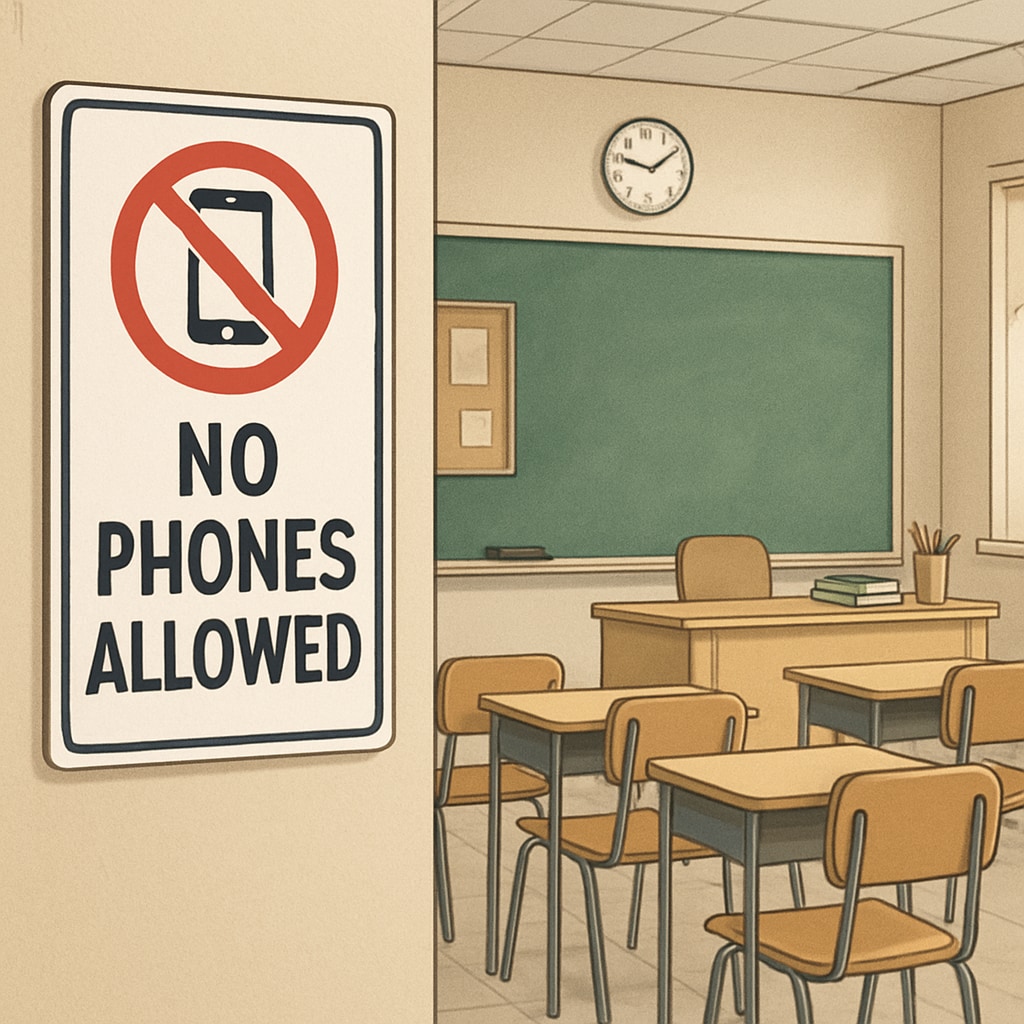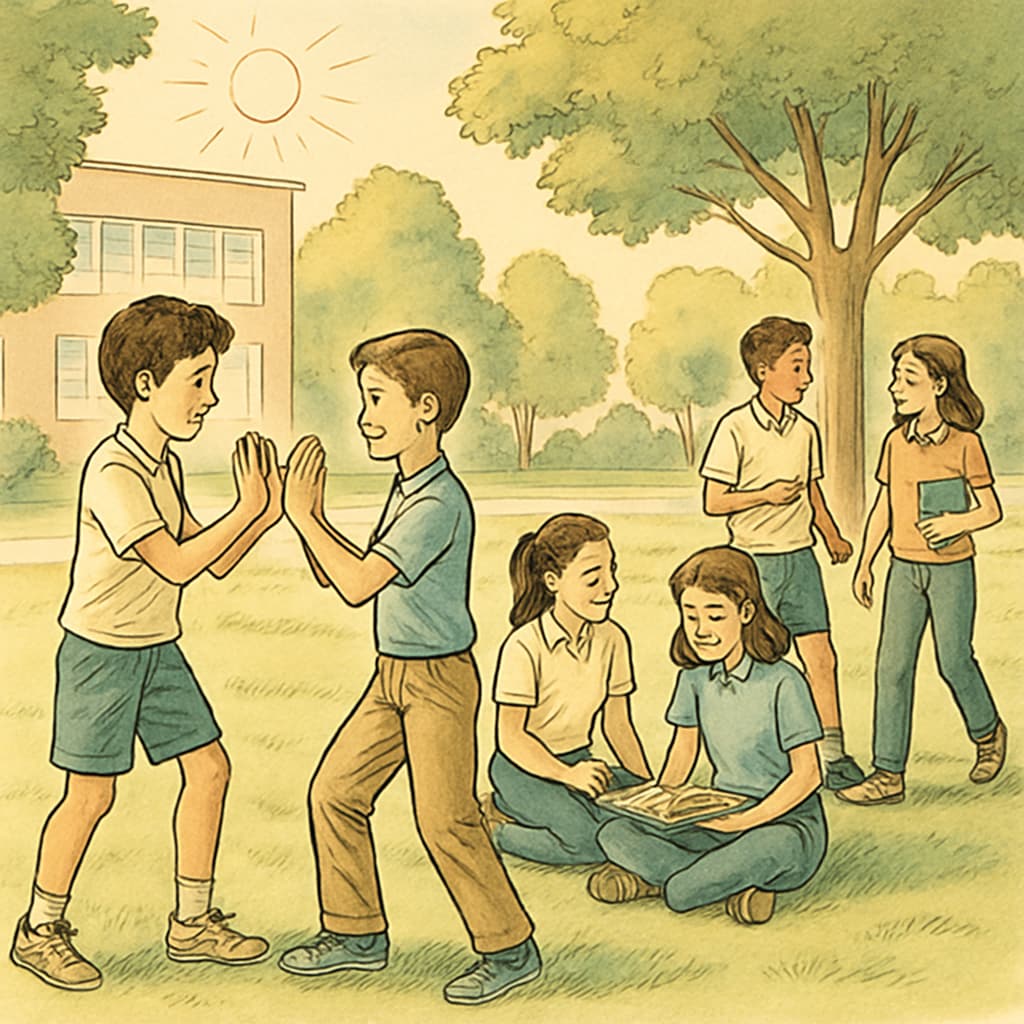The implementation of the school phone ban in public and private schools across various states has ignited heated discussions. Advocates argue it fosters focused learning environments, while critics contend it restricts student autonomy. This policy raises important questions about how schools balance digital integration with traditional education in the modern age.
Understanding the School Phone Ban Policy
As smartphones increasingly become central to our lives, schools are grappling with their impact on education. The school phone ban policy, which prohibits or limits phone use during school hours, aims to reduce distractions and improve academic performance. Public schools often follow state-mandated guidelines, while private schools have more flexibility in designing their rules.
While public schools generally enforce stricter bans, private schools may adopt nuanced approaches, such as allowing phones for specific educational purposes. This distinction reflects the broader differences in resources and decision-making processes between the two types of institutions.

Impact on Learning and Academic Performance
Proponents of the phone ban highlight its potential to enhance student focus. Research on learning environments suggests that reducing distractions improves information retention and engagement. For example, a public school in California reported a 15% increase in test scores after implementing the policy.
Private schools, which often emphasize tailored education, may observe different effects. While some institutions report improved classroom behavior, others argue that controlled phone use can complement digital learning tools. Striking a balance between restriction and integration remains a challenge for educators.
Effects on Social Development and Mental Health
The ban also impacts students’ social interactions and mental well-being. On one hand, limiting phone use encourages face-to-face communication, fostering stronger interpersonal skills. On the other hand, it may lead to stress for students accustomed to digital connectivity.
In public schools, where student populations are larger and more diverse, the ban can create opportunities for inclusive social activities. Private schools, with smaller class sizes, may implement strategies to mitigate anxiety caused by phone restrictions, such as scheduled phone breaks.

Balancing Technology and Focused Learning
In the digital age, both public and private schools face the challenge of integrating technology responsibly. The phone ban policy reflects broader societal concerns about screen time and its impact on young minds. However, complete prohibition might not be the solution.
Schools can explore alternatives, such as:
- Designating phone-free zones within the campus
- Using apps to monitor and limit screen time
- Educating students on responsible digital habits
These measures allow schools to leverage technology while minimizing its downsides.
Ultimately, the success of the phone ban depends on its implementation and the support from educators, parents, and students. By fostering collaborative efforts, schools can create environments that prioritize both academic excellence and personal growth.
Readability guidance: This article uses concise paragraphs, accessible vocabulary, and clear transitions to ensure readability. Visuals and lists summarize key points effectively, while external links provide additional context.


